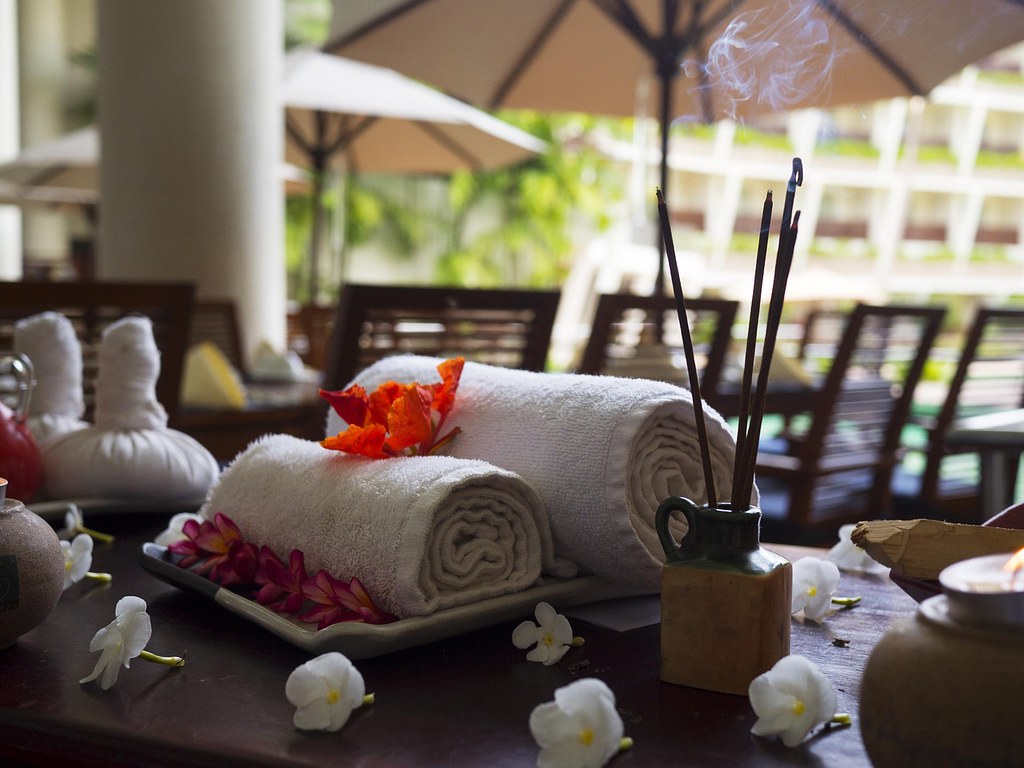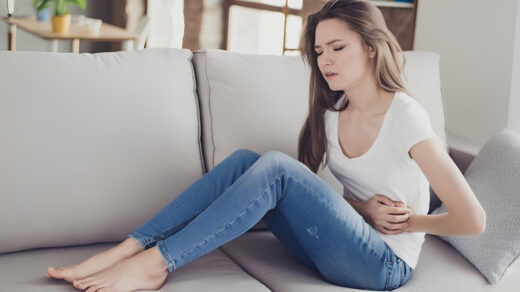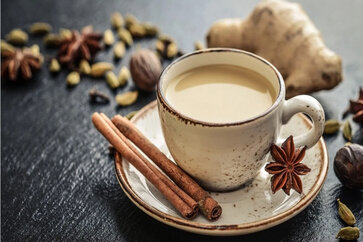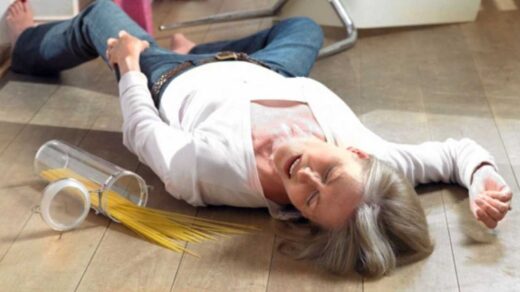What is Panchakarma Massage? Types of Panchakarma Treatments
Panchakarma ayurvedic massage consists of a series of remedial treatment to purify the body. Ayurveda is considered necessary before any therapy. The logic is: a fabric should be cleaned of dust and dirt before it can give a new color.

Similarly, apply for the body it must be purified before it can regenerate, give health and vigor, and so on. In fact, most of the time, rather than a prelude to other therapeutic measures Panchakarma is an end in itself.
Panchakarma Therapy of Ayurveda includes five types of treatment for evacuation
Poor Dosha: toxins from the body. We can consider this as a cleansing program of toxins from the body. There are many subtypes of this therapy and an oil massage, herbal steam bath, and external oil treatments.
Five Basic Panchakarma Cleansing Method
1. Vamana: Therapeutic emesis, for removing Kapha associated toxins.
2. Virechana: purgation, for removing Pitta associated toxins.
3. Basti: Enema, mainly for removing Vata associated toxins, but alternative basti can be used to remove toxins Pitta and Kapha, depending on the drugs used for the procedure.
4. Nasya: It errhine therapy, which removes toxins through the nose. This treatment is beneficial in removing Kapha toxins from the head and neck region. Excellent treatment for hay fever, allergies, sinusitis, chronic headaches, thyroid problems, and migraine.
5. Raktamoksha: A detoxifying the blood, where blood is removed from an area of skin affected, either by leeches or venepuncture. It is very effective in healing chronic wounds not, boils, ulcers, and diabetic ulcers. This particular procedure of Panchakarma is sometimes administered in combination with other Panchakarma.
These practices are very helpful in relieving deep seated diseases as they also are beneficial for maintaining and improving physical and mental health.
According to Ayurveda, every human being is a unique phenomenon of cosmic consciousness. The three Dosha (humor) determine the psychosomatic temperament or constitution of each individual.
- Vata (ether more air)
- Pitta (fire and water)
- Kapha (water plus earth) are called Tridosha, ie the three Dosha.
The internal environment is governed by Vata – Pitta – Kapha (VPK), which is constantly reacting to the external environment. Poor diet, habits, lifestyle, incompatible mixtures of food (eg milk and fish, melons and grain, yogurt and cooked meat or honey, etc.) Seasonal changes, emotions repressed and stress factors may act together or separately and change the balance of VPK.
Depending on the nature of the cause, Vata, Pitta or Kapha undergo aggravation or disorder that produces Ama (toxins). To stop the production of Ama, Ayurveda suggests the person to adequate food a better lifestyle, change bad habits and exercise. A cleaning program should be administered as Panchakarma.
One should consult an Ayurvedic doctor with quality training, before deciding the treatment methods of cleaning.
1. The Panchakarma is done individually for each person with their specific constitution and disorder, their specific needs in mind.
2. It requires good observation and careful monitoring.
3. It is also recommended for healthy people as well as a preventive treatment to keep physically fit and mentally.
4. It will be offered in preference for the best times of the year at the junction between two seasons, helping the person to prepare their internal environment for the next season. This is done to cleanse the body of toxins.
There are two main procedures: Snehana-Swedana-internally and externally, the Abhyanga – oil massage is prescribed. In Abhyanga body is a different Ayurvedic oil massage helps eliminate toxins in the gastrointestinal tract. Abhyanga massages away fatigue and nourishes the nervous system. Regenerates the tissues of the body internally and externally and makes it more flexible and soft.
1. External Snehana Abhyanga
It is given for 3 to 7 days per day. Recipe for Snehana domestic product ayurvedic medicated ghee (Ghritam) orally.
2. The Swedana therapy
sweating. It gives all the days immediately after Abhyanga-Snehana. With steam is added decoctions of herbs given to the body to loosen the toxins from the person. It liquefies the toxins and increases circulation of toxins in the gastrointestinal tract.
3. The Vamana therapy
It is emesis therapy which removes toxins medicated collected Kapha in the body and respiratory system. This gives people with a Kapha imbalance is high. The recommendations of Vamana: Bronchial asthma, vitiligo, psychological disorders, chronic allergies, chronic indigestion, obesity, nasal congestion, acid indigestion, hay fever, psoriasis, edema, and skin disorders.
4. The Virechana therapy
Virechana is purgative therapy eliminates Pitta toxins from the body that accumulate in the liver and gallbladder, completely clean the gastrointestinal tract. It is a safe procedure without side effects. The advantages of Virechana: the eradication of chronic fever, diabetes, asthma, skin disorders like herpes, paralysis, hemiplegia, digestive disorders, constipation, heartburn, vitiligo, psoriasis, headaches, elephantiasis and Basti
5. The basti therapy
Basti is considered the mother of all Panchakarma treatments since it cleanses the accumulated toxins of the three doshas: Vata, Pitta, and Kapha. Basti is also highly beneficial as a treatment for regeneration. Basti on the benefits of hemiplegia, paraplegia, colitis, convalescence, Spondylus neck, constipation, irritable bowel syndrome, digestive disorders and back pain, sciatica, and hepatomegaly, splenomegaly, obesity, sexual failures, problems of fertilization.
6. The Nasya therapy
Nasyam includes administration of medicated oil through the nose to cleanse accumulated Kapha toxins from the head and neck region. The benefits of Nasyam neurological paralysis improves memory, vision, insomnia, eliminate skin problems, pigmentation on the face, the early loss of hair, clear voice, cure headaches, loss of smell and taste. Highly recommended in cases of nasal polyps and nasal allergies, sinusitis, neurological dysfunction.
7. Raktamokshana
It is a process to cleanse the blood, advised only in very rare conditions.
Not recommended for the general Panchakarma. The benefits of Raktamokshana, detoxification, cleanses and detoxifies the body, relaxes muscles and improves digestion. Reactivates the body, improves sleep, sexual function, revives and rejuvenates all the systems of the body and relaxes the mind.
Note : These treatments described above must be done very carefully under the supervision of a physician experienced in the Ayurveda.


























